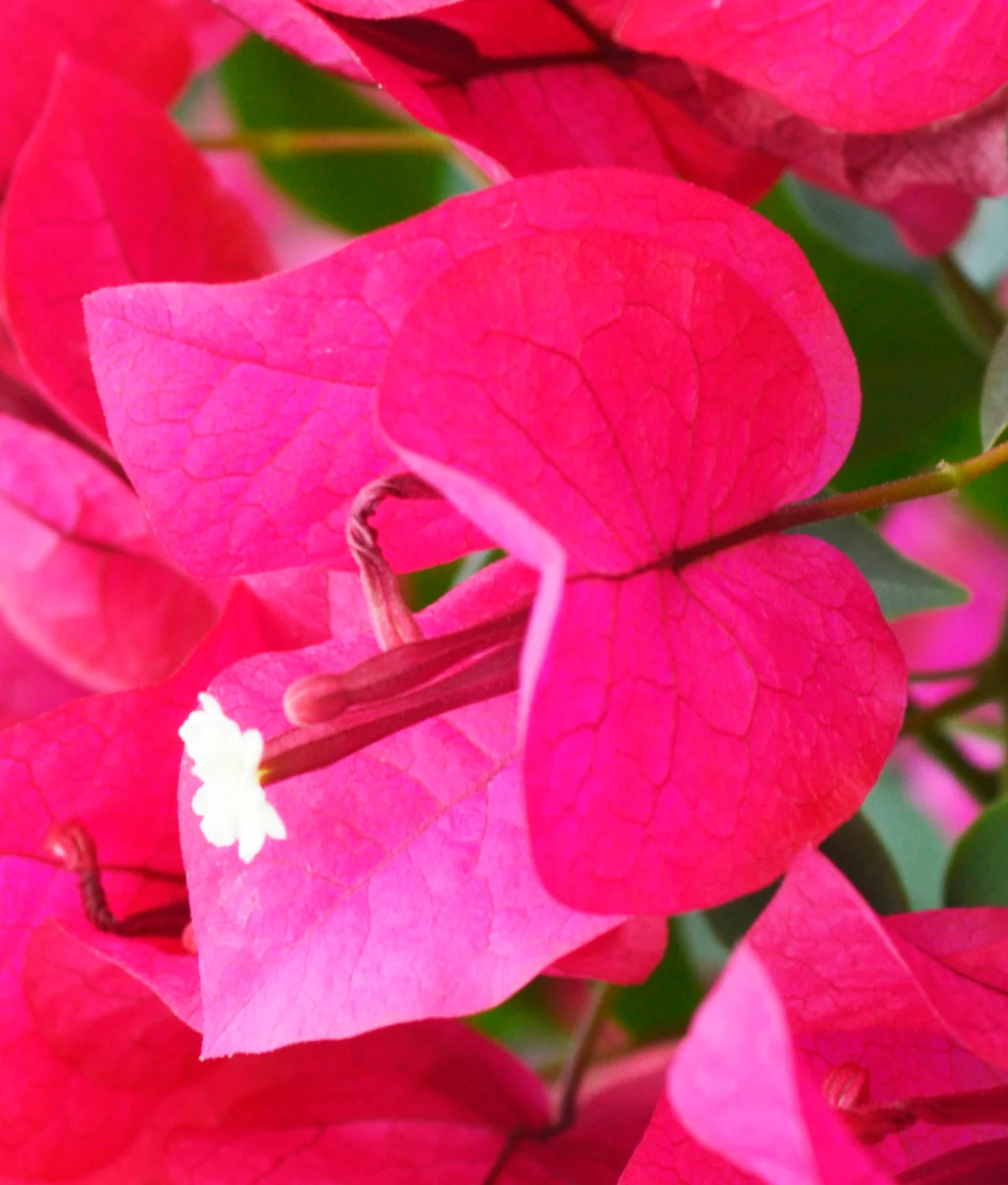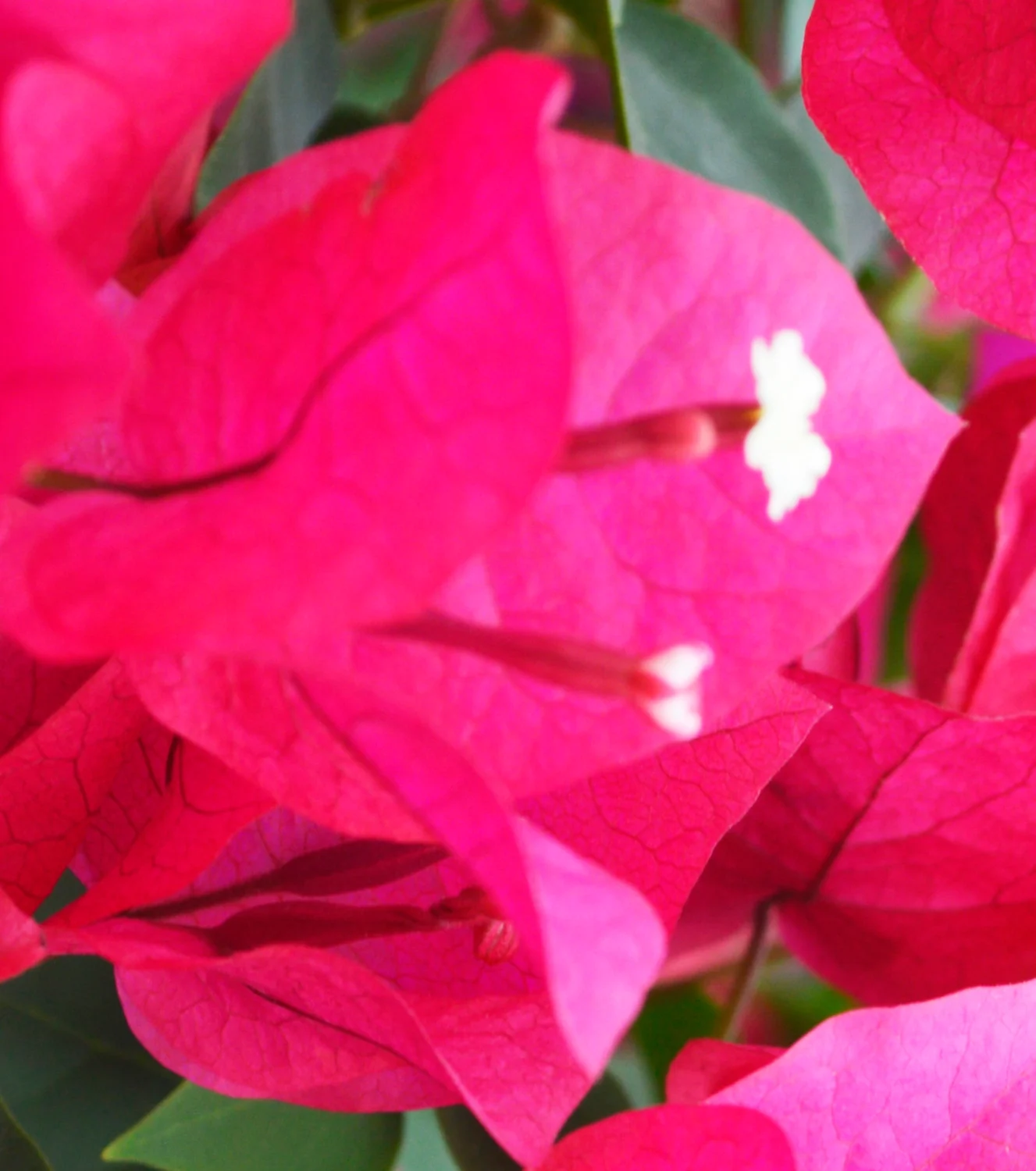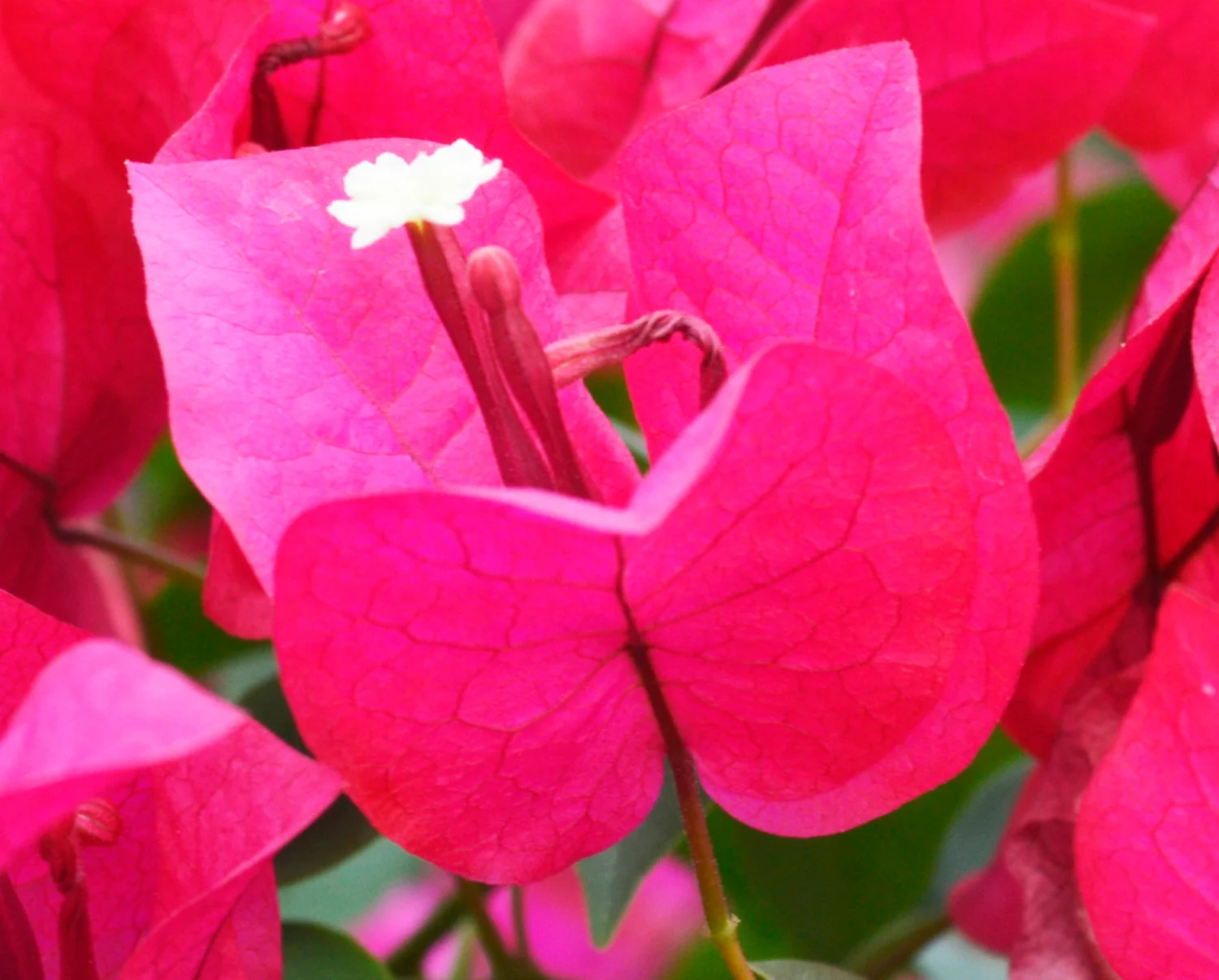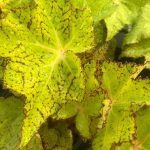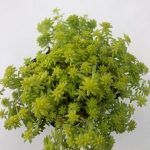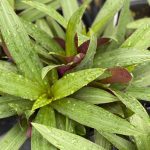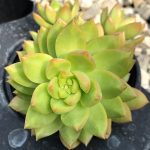Bougainvillea ‘Barbara Karst’
Price range: $4.99 through $19.99
Hardiness Zone 9+
Description
Meet the Showstopper: Bougainvillea ‘Barbara Karst’
If you dream of a plant that delivers bold color and tropical energy to your garden, look no further than Bougainvillea ‘Barbara Karst.’ This stunning vine explodes with bright red-magenta bracts that cover walls, fences, and arbors in a fiery display.
Fast-growing and full of life, Barbara Karst is more than beautiful. It’s also tough, versatile, and easy to love. With the right care, it will reward you with months of vibrant blooms. Let’s explore what makes this variety so special—and how you can grow it successfully in your own space.
Quick Facts
-
Botanical name: Bougainvillea ‘Barbara Karst’
-
Type: Tropical vine or shrub
-
Sun needs: Full sun (6+ hours daily)
-
Water needs: Low once established
-
Hardiness zones: USDA 9–11 (or grow in pots in colder regions)
-
Bloom time: Spring through fall (nearly year-round in warm climates)
-
Growth habit: Vigorous vine or bush; 15–30 feet tall if unpruned
What Makes Barbara Karst Stand Out?
Bougainvilleas come in many colors and forms, but Barbara Karst has a few traits that set it apart:
-
Brilliant color: Large red-pink bracts look almost painted.
-
Extended bloom season: Blooms can last from spring to fall, and in frost-free areas, nearly year-round.
-
Flexible growth style: Train it as a vine, shape it as a shrub, or grow it in a hanging basket.
-
Drought-tolerant: Once settled, it thrives with very little water.
-
Rapid growth: Perfect for covering walls, trellises, or fences fast.
How to Grow Bougainvillea ‘Barbara Karst’
1. Choosing the Right Spot
Barbara Karst loves warmth and light. In frost-free areas, plant it directly in the ground. If your winters get cold, plant it in a container so you can move it indoors when temperatures drop.
Best places to plant:
-
Along fences or trellises
-
Beside arbors and pergolas
-
In large patio containers
-
On slopes or retaining walls (it cascades beautifully)
-
In hanging baskets (with regular trimming)
2. Sunlight
Bougainvillea needs full sun to produce its best display. Aim for at least 6 hours of direct sunlight daily. The more sun it gets, the more it blooms.
Not enough sun = fewer flowers.
3. Soil
Well-draining soil is a must. Sandy or loamy soils are ideal. Avoid heavy clay, which holds too much water and leads to root problems.
For pots, use cactus or succulent soil, or mix regular potting soil with sand or perlite to improve drainage.
4. Watering
Bougainvillea is drought-tolerant but needs extra care when young.
-
New plants: Water regularly during the first 6 weeks until roots establish.
-
Established plants: Water deeply but only when the top few inches of soil are dry.
-
Potted plants: Water more often, but let the soil dry slightly between waterings.
Tip: Too much water causes root rot and fewer blooms. Too little water also reduces flowering. Strike a balance.
5. Fertilizing
This plant loves to be fed during the growing season.
-
Use a balanced fertilizer (like 10-10-10 or 5-10-10) every 4–6 weeks in spring through fall.
-
Avoid high nitrogen fertilizers—these encourage leaves instead of flowers.
-
For pots, use slow-release granules or water-soluble fertilizer every 2–4 weeks.
6. Pruning
Pruning keeps your bougainvillea looking tidy and encourages more blooms.
-
When to prune: Late winter or early spring before new growth begins.
-
How to prune: Remove dead stems, shape the plant, and cut back after heavy bloom cycles to promote fresh growth.
-
Safety tip: Wear gloves—bougainvillea has sharp thorns!
Remember, bougainvillea blooms on new growth, so trimming often leads to even more flowers.
Growing Barbara Karst in Pots
Container-growing is perfect if you live in a cooler climate or want to control the size of your plant.
How to plant in pots:
-
Use a large pot with drainage holes.
-
Fill with light, well-draining soil.
-
Place in the sunniest spot possible.
-
Water only when the top 2 inches of soil are dry.
-
Bring indoors before frost hits in fall.
Indoors, bougainvillea may drop leaves during winter dormancy. Don’t worry—new growth will return in spring.
Common Problems and Fixes
No flowers?
-
Increase sunlight.
-
Reduce water.
-
Use low-nitrogen fertilizer.
Leaves falling off?
-
Happens after moving plants or with watering stress. Adjust care and provide bright light.
Yellow leaves?
-
Often due to overwatering or poor drainage. Check soil moisture and root health.
Pests?
-
Watch for aphids, spider mites, and whiteflies. Treat with neem oil or insecticidal soap if needed.
Is It Cold-Hardy?
Barbara Karst thrives in USDA zones 9–11 and doesn’t tolerate frost. Below 32°F (0°C), it can be damaged or killed.
If you live in colder areas:
-
Grow it in a pot and bring it indoors for winter.
-
Add mulch around the base to protect roots from light frost if planted outside.
Landscape Inspiration
Need ideas? Barbara Karst can transform a garden with dramatic flair:
-
Train it over a gate or pergola for a grand entrance.
-
Plant several to create a colorful privacy screen.
-
Shape it as a hedge with regular pruning.
-
Let it cascade from a hanging basket for a waterfall effect.
Why Gardeners Love Barbara Karst
Bougainvillea ‘Barbara Karst’ isn’t just another flowering vine. It’s bold, low-maintenance, and endlessly rewarding. With full sun, good drainage, and a little fertilizer, it will cover your garden in dazzling color for months at a time.
Whether you live in a tropical climate or grow it in a container for seasonal color, Barbara Karst brings instant joy and energy to any space. If you’re ready to make your garden pop with vibrant red blooms, this variety is a perfect choice.
Bring Bold Color Home
Add Bougainvillea ‘Barbara Karst’ to your garden or patio and watch it transform your space into a tropical paradise. Few plants offer so much impact with so little fuss—and once you see it bloom, you’ll understand why it’s a favorite for gardeners everywhere.
Additional information
| Weight | N/A |
|---|---|
| Options | 2.5 in. (7.8 fl.oz.) Potted Plant, 4 in. (16.9 fl. oz.) Pot |


